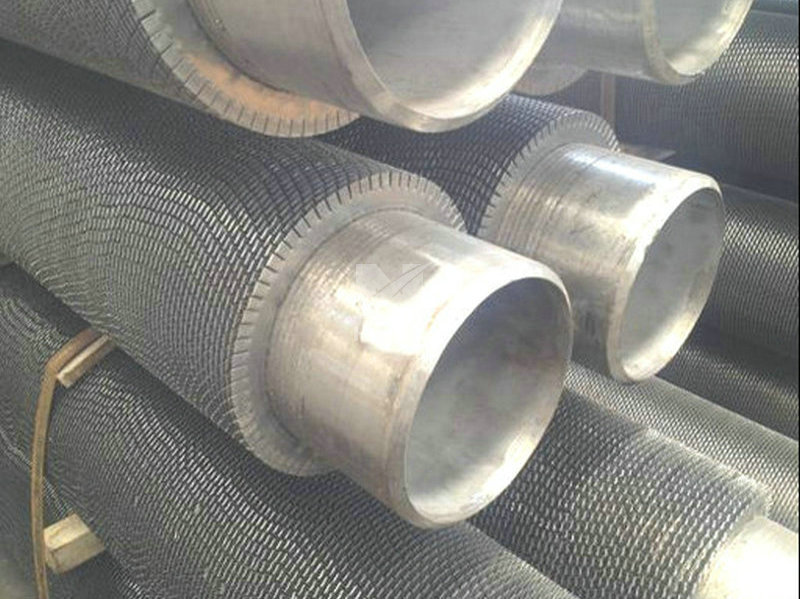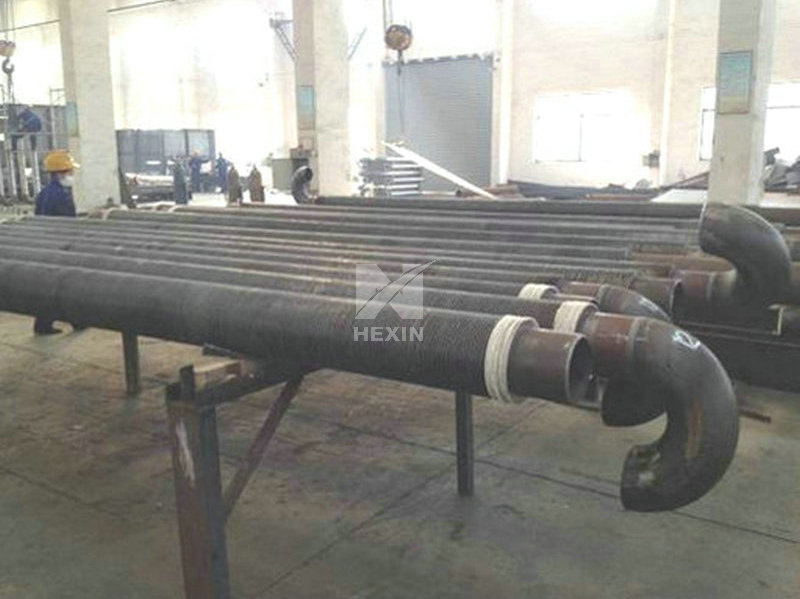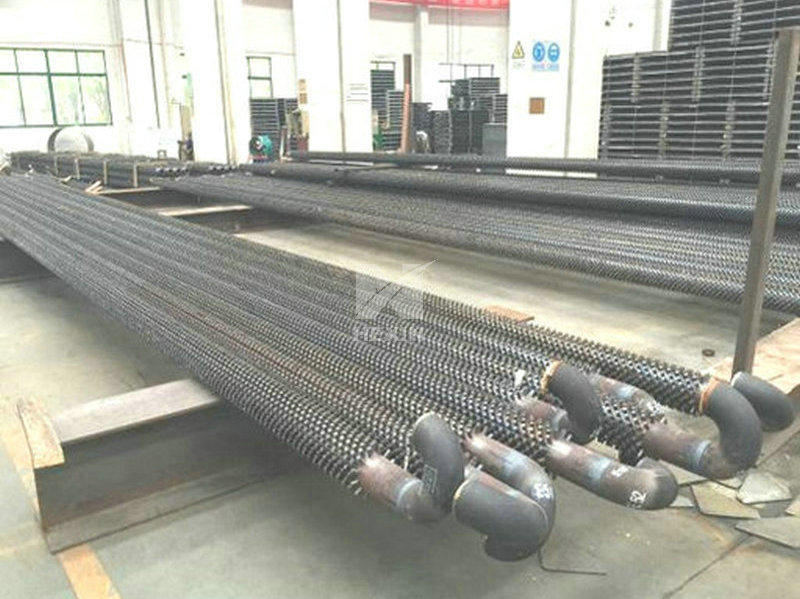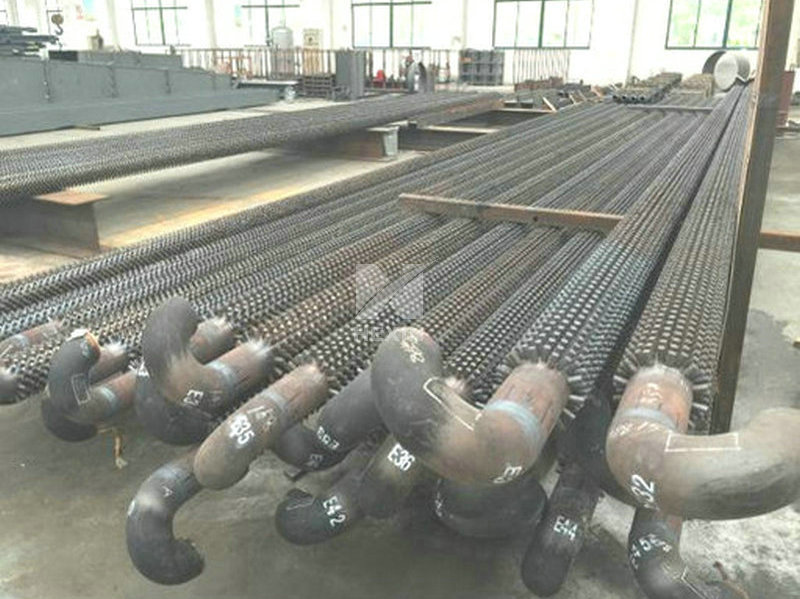Finned Tubes for Convection Chambers
Product Category:Petrochemical IndustryPrice:Negotiation
The stud tube (also known as the needle tube) adopts a square or hexagonal arrangement and is equally divided into cylindrical needles welded on the surface of the heat exchange tube. The square or hexagonal reinforced heat exchange nail head tube is assembled and welded to form a high-efficiency and energy-saving needle tube heat exchange tube group. Because the nail head tube needle rib is a cantilever structure and has a compact structure, under the impact of the air flow, the needle rib will produce Vibration makes it difficult for soot to accumulate; coupled with the strong turbulent scouring of the flue gas, the heat transfer efficiency of the heat exchange element of the nail head tube is high, and it has a strong self-cleaning ability.
The nail head tube group is especially suitable for compact waste heat boilers, oil-fired, gas-fired boilers and oil heaters. Under the same heat exchange, its weight and external dimensions are greatly reduced. The anti-fouling performance of the nail head tube group is greatly improved compared with other conventional enhanced heat transfer boiler tubes. In the case of low flue gas temperature, the nail head tube can still recover waste heat economically, and has broad application prospects in heat exchange and energy saving projects.
A finned tube is a heat exchange element. In order to improve the heat exchange efficiency, fins are usually added on the surface of the heat exchange tube to increase the outer surface area (or inner surface area) of the heat exchange tube, so as to achieve the purpose of improving the heat exchange efficiency, such a heat exchange tube.
As a heat exchange element, finned tubes work in high temperature flue gas conditions for a long time. For example, finned tubes for boiler heat exchangers are used in harsh environments, high temperature and high pressure and in a corrosive atmosphere. This requires finned tubes to have high performance. index.
1), anti-corrosion performance (Anti-corrosion)
2), wear resistance (Anti-wear)
3), low contact resistance (lower contact resistance)
4) 、Higher Stability
5), anti-fouling ability













